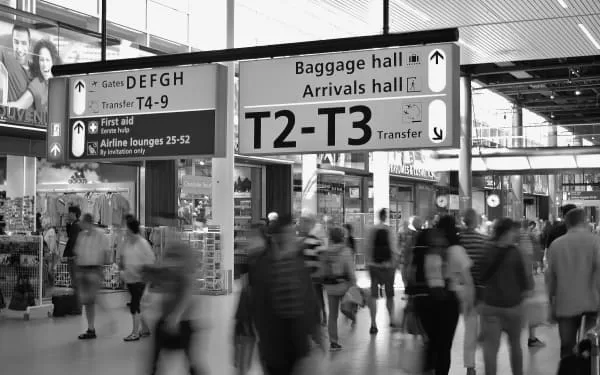Textile and Fashion Translation
Need a native translator who can localise the content for your fashion or textile translation?
Looking for a translator with fashion industry experience for your project?
Specialized translation agency
The textile and fashion industry is generally thought to be unlike other areas that have a more technical and/or specific vocabulary. However, cultural differences among countries can hinder an understanding of certain terms, given that the textile industry clearly has an international coverage. Is it worth, then, hiring a translator or agency to handle the translation of these documents? Let's take a look.
Are professional translation services really necessary in the textile and fashion industry?
At first glance, it may not seem difficult to translate terms such as trousers, T-shirt, shirt or shoes. Those of us who live in the Western world have a somewhat limited view of our clothing and tend to overlook the large number of garments that people might wear in other parts of the world.
In fact, in the business environment, it rarely involves anything but suits, shoes, shirts and dresses. However, since when do people just wear these clothes? And, more importantly, who said garments all have the same names in differing cultures? This presents a clear challenge of language localisation.
It doesn't take much to see that in the world of fashion there are many more garments than the ones we generally wear in our daily lives. Could you correctly name all the clothes on display at fashion shows? Are you confident you could name every garment on display in stores around the world?
As you might guess, the answer is by no way clear. On the one hand, with the boom in e-commerce, textile and fashion companies can operate internationally and sell their products to a target market anywhere in the world. Furthermore, the entire value chain (manufacturers, intermediaries, and sellers) exchanges descriptive documentation of the garments. In both situations, the terms need to be translated and adapted to the culture of the target country.
Why use a professional translator in the textile and fashion industry?
The importance of international translators in the textile and fashion industry must be highlighted. Let's not forget that, aside from the garments that are used internationally, different cultures tend to have traditional or folk costumes which can rarely be easily translated into (or from) other languages.
The translator or agency in charge of these projects must have firsthand knowledge of the cultures of the countries where the translation is to be localized. A professional is needed who may not master this area of specialization in depth, yet they understand the cultural peculiarities of each region and know what a particular garment is called in each country. As we so often say: you need a translator who works with an agency such as sanscrit.
Related articles - Textile and Fashion Translation
Request your translation quote
Would you like more information about any of sanscrit's services?
Examples of textile and fashion translation:
Other technical translation specialities
- 01Jan

- 01Jan

- 01Jan

- 01Jan

- 01Jan

- 01Jan

- 01Jan












